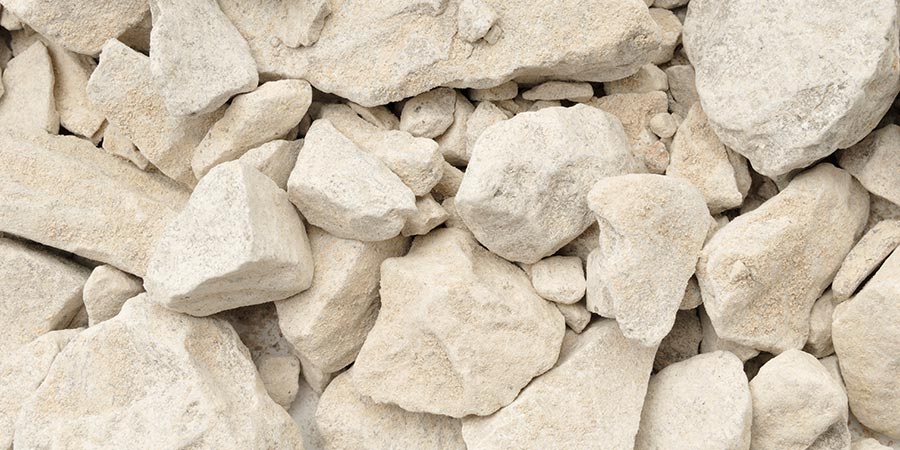Optimizing Portland limestone cement

Portland limestone cement provides advantages for performance and controlled strength of cement and concrete, in addition to lowering production costs and CO2 emissions. However, it is important to use the right cement additive with the right amount of limestone in order to achieve these benefits.
Consider the following factors when producing Portland limestone cement.
- There are compliance standards and codes of practice to follow when using supplementary cementitious materials such as limestone. For example, in the European Standard EN 197-1, the limestone needs to meet specific criteria for CaCO3 purity (>75%), have a limited clay content (not exceeding 1.20 g/100g, based on methylene blue tests) and have a total organic carbon that does not exceed 0.20% by mass for LL cements and 0.50% for L cements.
- The presence of limestone has a significant impact on the cement grinding process. Limestone influences the Blaine SSA, moisture input, grinding temperature, mill internals coating, agglomeration, mill retention (void filling), grinding efficiency of the clinker and cement flowability characteristics. These negatively impact grinding efficiency. Each additional 1% of limestone typically increases the Blaine specific surface area (SSA) by 5-8 m2/kg (constant mill kWh/t).
- The amount of limestone (and its impact on the grinding process) can have an adverse effect on cement performance. Increased limestone amount usually results in a wider particle size distribution with both a higher Blaine value and higher residues. This, together with the lower clinker factor, negatively impacts the performance of the cement - including early strength development, later strength development, long-term durability and dry cement flowability.
Approaches to mitigating the effects of limestone
Reducing the mill output to increase overall cement fineness can alleviate some of these challenges – but only so much. There is a reduction in 28-day mortar strength in the region of 0.75MPa for each additional 1% of limestone used above the 5% level. Grinding finer by reducing the mill output will increase the strength in the range of 1MPa for each 15-20 m2/kg increase in Blaine SSA (at a constant particle size distribution slope). This represents an approximate 7-10% reduction in mill output. Given these metrics, it is unlikely that a reduction in mill output alone will adequately offset the strength reduction caused by limestone use.
A more effective approach is to use a strength-enhancing cement additive, which can have a significant impact on strength. For a typical 5MPa gain, it would be possible to increase the limestone by approximately 7% for the same mill output. Given that strength is substantially reduced in higher limestone levels (>5%), the selection of the appropriate quality-improving additive is important. In addition, choosing the right cement additive counters the negative impact on flowability, void filling, coating and particle size distribution. Furthermore, this approach is usually more economical and logistically attractive than reducing mill output.
Based on the above findings, it is necessary to take the following steps when planning for the production of Portland limestone cement:
- Select the desired cement performance characteristics.
- Decide on the production mill output needed, based on logistics and volumes.
- Evaluate cement additive technologies.
- Decide on the maximum amount of limestone able to satisfy the cement performance requirements.
Taking these steps can bring substantial improvements for cement quality while lowering cement production costs and minimizing CO2 emission.
Tags
- Cement production
- OPTEVA®
